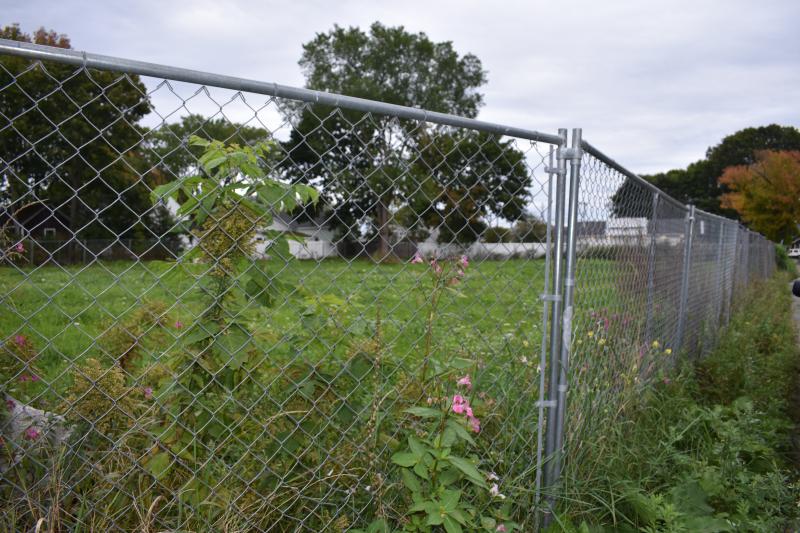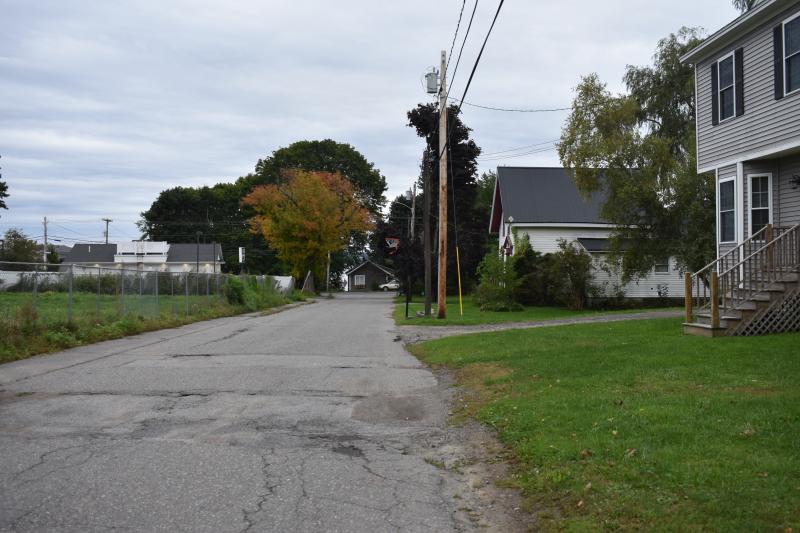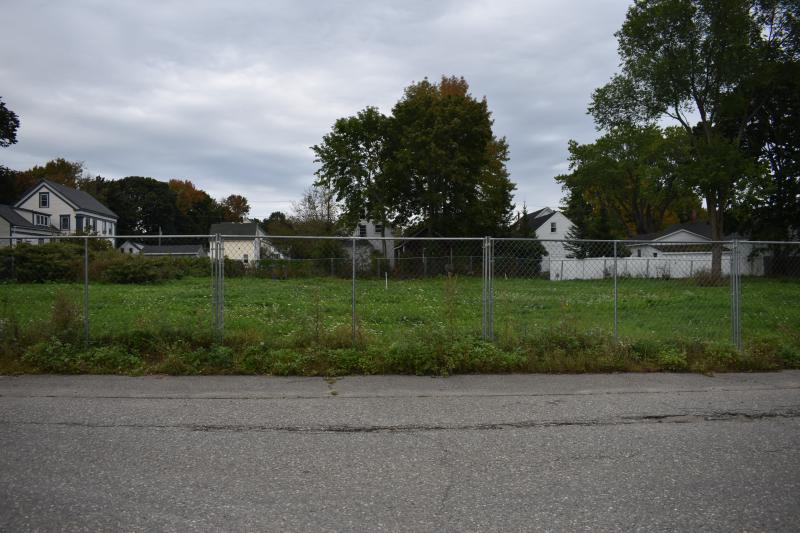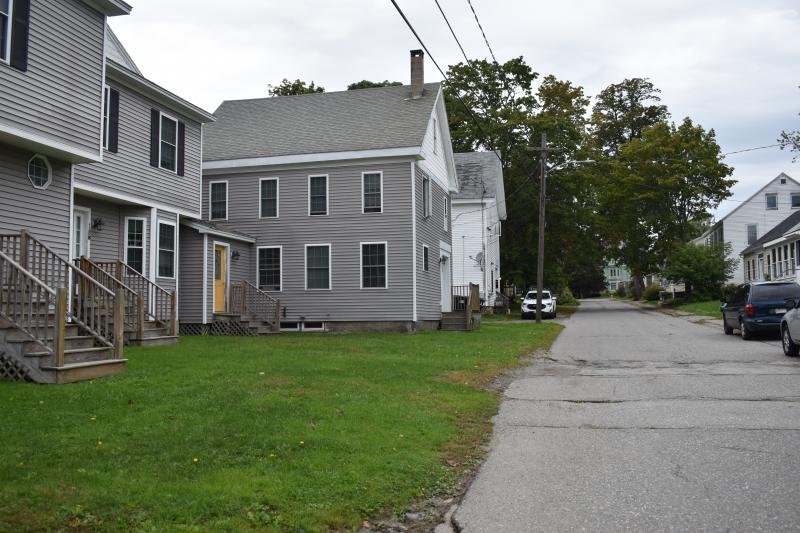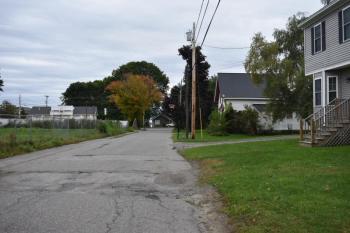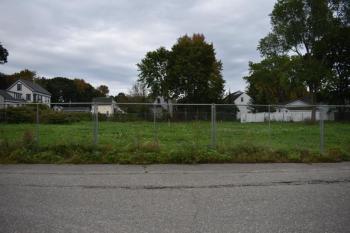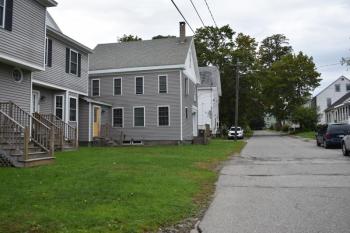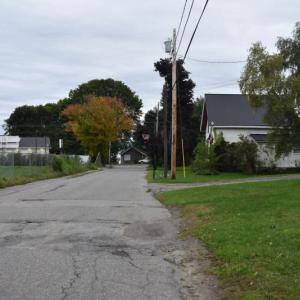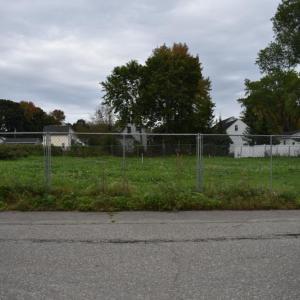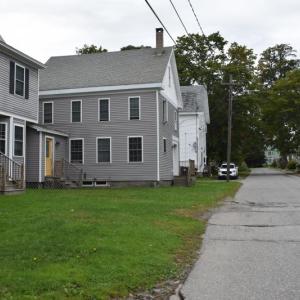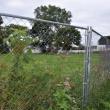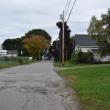Rockland Council nixes Park and Ride idea for vacant lot, considers Brownfield remediation
ROCKLAND — The idea of creating a parking lot off of a narrow residential street in Rockland has no immediate future after City Council scrapped the notion during a special Sept. 27 meeting. Giving that Brownfield site a future, however, is of immediate focus for those councilors and for the City.
The property in question was once a junkyard, and after the derelict house was demolished, someone in Public Works suggested that the site could be paved and used for parking, according to City Manager Tom Luttrell.
Through the years, as various ideas for parking options for the area were considered, the Maine Department of Transportation began to devise a grant for the 9 - 15 Rockland Street location that would include design and construction.
In 2017-2018, Rockland requested to see the design. However, those designs weren’t going to be shown to Rocklanders until the City approved the potential project, which did not sit well with Luttrell.
The request for grant approval came recently, prompting multiple residents of the Rockland Street neighborhood to voice opposition during the September 27 meeting, held via Zoom. The street is quiet and narrow, with mixed demographics of children, families, retirees, single-family dwellings and duplexes.
Residents voiced concerns about noise, trash, loitering, exhaust, bright lights, impervious surfaces, and health issues that might arise from the tarring of the fenced-in unkempt wildlands.
Later in the meeting, when the parking lot issue came to the table, Councilor Nate Davis stated that he didn’t want a parking lot, then asked what the other councilors thought. Councilors Sarah Austin, Ben Dorr, and Louise MacLellan-Ruf all shook their heads.
“I have to concur that putting a parking lot – Park and Ride – I’m not sure where that came from,” said MacLellan-Ruf. “We’ve heard from the neighbors. It’s in the middle of their community. So if we can do the Brownfield and ‘clean ‘er up’ I think that’s the best option. And then go two feet down and then decide from there.”
Councilor Sarah Austin acknowledged that the parking isn’t a local demand.
“If it was, I think we’d be having a different conversation,” she said. “If it was just a spot of land that needed a use, and it was just sitting there, then it might make sense to have this conversation.”
However, Mayor Ed Glaser played devil’ advocate. Part of the continuous parking conversation returns to the ferry terminal’s lack of space and the new public waterfront access behind the Apprenticeshop. Some may want to sail away for extended periods. Some may need a place to park a boat trailer. When drivers can’t find spaces, they turn to residential streets, possibly taking up spaces meant for residents.
“This was part of the solution to getting cars off of neighborhood streets,” said Glaser. “You put them in one place.”
That one place, according to Dorr, is the former Walmart lot, now occupied by Ocean State Job Lots. Use that underutilized space, bring in shuttle buses to transfer people to and from Downtown Main Street. Dorr called it a brilliant solution.
Glaser then questioned what happens if the grants don’t come through, or if Rockland can’t fulfill the matching grant aspect.
Remediation
A couple of options for funding have arisen in the previous days prior to the Monday, Sept. 27 meeting:
• The City needs to send a letter of interest into the State for money for infrastructure work through State funds – and then the actual grant will be due down the road. That letter of intent is being composed and sent.
• Brownfields clean up money. According to Luttrell, the Environmental Protection Agency considers this potential project to be a, “great grant opportunity for a $500,000 grant through the EPA for cleanup funds.”
Does the city want to remediate the property by taking out the PCPs and then cover it over with grass or asphalt, asked Luttrell. Or seek the $500,000 grant from EPA and do two feet of remediation on the entire lot?
And go from there to see what type of contamination may exist, and if there’s further necessary remediation?
To do the two feet of remediation, the estimate was around $400,000. Luttrell suggested adding another $100,000, if not more, to that estimate due to current construction costs.
Austin said she regarded the issue as a civics or ethics responsibility.
“The City owns this property now,” said Austin. “And it is a Brownfield. It is polluted. It is environmentally hazardous, and I think the only reason it hasn’t been remediated yet is the cost. So, if there are grants on the table, heck yeah, let’s go get them.”

